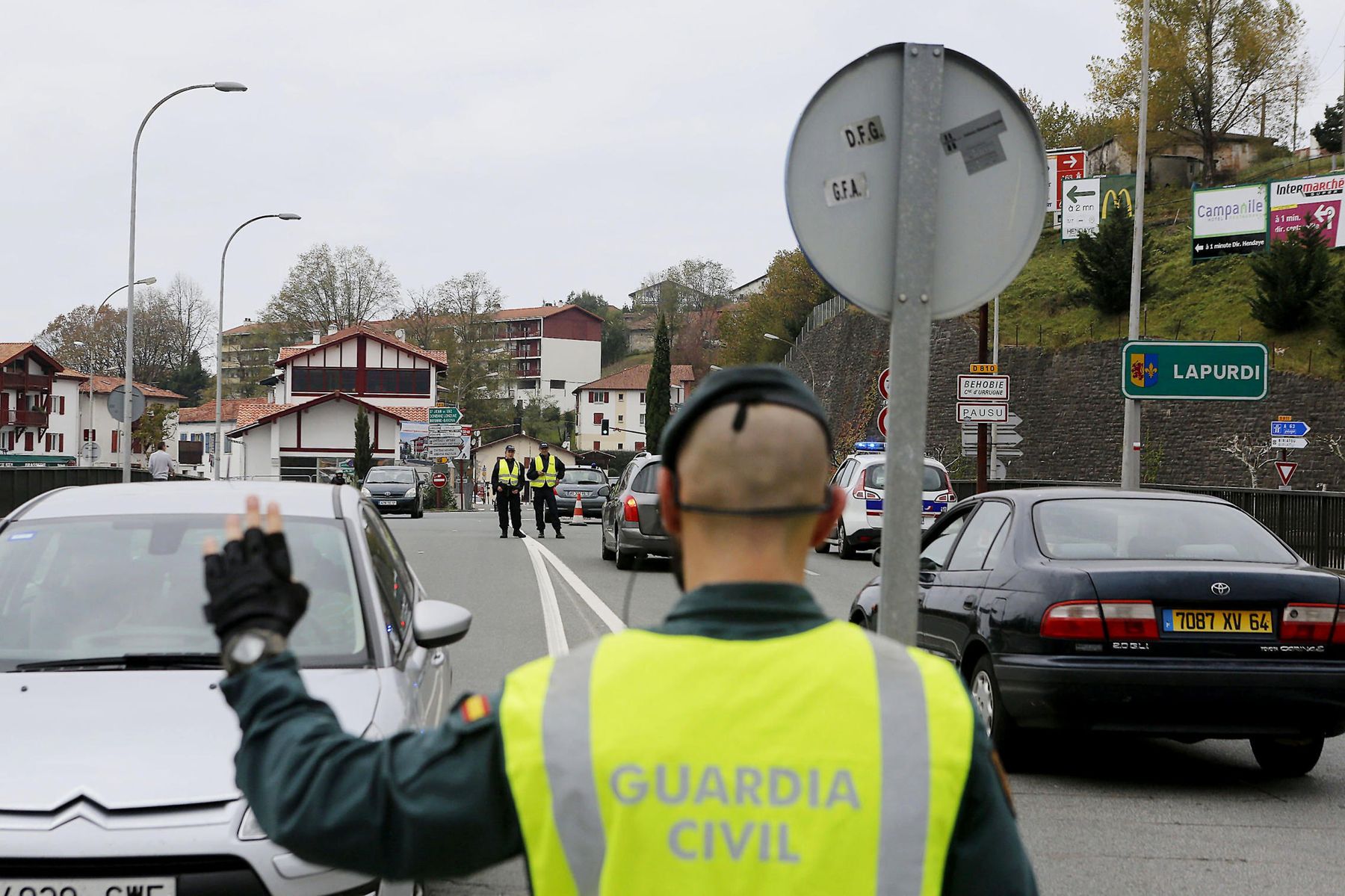Klip, symbol of erroneous resistance

Oslo (Norway) 1899. The inventor Johan Vaaler (1866-1910) designed a kind of clip or link to collect the papers. That same year he filed a patent application for invention in Germany and later in the United States. Both patents were acquired in 1901.
Four decades later, in the middle of World War II, the hometown of Vaaler was occupied by the Germans. As in the rest of the occupied countries, resistance groups against the Nazis were also set up in Norway. The most important group was the students of the University of Oslo, who chose the clip as a symbol against occupation. On the one hand, it was a small, discreet object that didn't attract attention. On the other hand, it also had a symbolic meaning: the clip linked the papers and meant the unity of the Norwegians. And in addition, the clip was a Norwegian invention, or at least they believed it.
The metal spindle was highly successful as a symbol, to the point of forcing the German occupants to take action. Of course, the tiny object had no physical danger. But the Nazis, the masters of propaganda, knew perfectly well the influence of the smaller symbols. For this reason, the use of clips was prohibited, under the threat of a death penalty.
After the war, the clip became a national symbol of Norway, although the invention was not Norwegian. Vaaler's link was not the first. 1867 Samuel B. Fay patented the folded metal thread for the first time to join papers. And in the 1870s, the British company Gem Manufacturing started producing the most common link that's still being used, though it never asked for a patent. The clip that the members of the Norwegian resistance wore was from Gem, not from Vaaler.
In addition to being late for the title of clip creator, Vaaler’s design presented some important flaws. Instead of the rounded folds of the Gem clip, Vaaler bent the thread at right angles, making it difficult for the papers to come together. In addition, in the Gem clips the two ends are looking up, but the Norwegian put each one in a sense, and so the risk of scraping the paper was higher. Vaaler's invention was not sold, and it didn't renew them when the patents went out.

Klipa Monument in Sandvika, near Oslo. The seven-meter giant clip was placed in 1989 to mark the 90th anniversary of the invention of Johan Vaaler. But this clip was not invented by Vaaler. (Ed. : Roede)
Linear A is a Minoan script used 4,800-4,500 years ago. Recently, in the famous Knossos Palace in Crete, a special ivory object has been discovered, which was probably used as a ceremonial scepter. The object has two inscriptions; one on the handle is shorter and, like most of... [+]
Londres, 1944. Dorothy izeneko emakume bati argazkiak atera zizkioten Waterloo zubian soldatze lanak egiten ari zela. Dorothyri buruz izena beste daturik ez daukagu, baina duela hamar urte arte hori ere ez genekien. Argazki sorta 2015ean topatu zuen Christine Wall... [+]
Kirola eta oroimena uztartuko dituzte, bigarrenez, mendi-martxa baten bitartez. Ez da lehiakorra izanen, helburua beste bat delako. La Fuga izeneko mendi martxak 1938ko sarraskia gogorarazi nahi du. Ezkabako gotorlekuan hasi eta Urepelen amaituko da. Maiatzaren 17an eginen dute.
Bilbo, 1954. Hiriko Alfer eta Gaizkileen Auzitegia homosexualen aurka jazartzen hasi zen, erregimen frankistak izen bereko legea (Ley de Vagos y Maleantes, 1933) espresuki horretarako egokitu ondoren. Frankismoak homosexualen aurka egiten zuen lehenago ere, eta 1970ean legea... [+]
Fusilamenduak, elektrodoak eta poltsa, hobi komunak, kolpismoa, jazarpena, drogak, Galindo, umiliazioak, gerra zikina, Intxaurrondo, narkotrafikoa, estoldak, hizkuntza inposaketa, Altsasu, inpunitatea… Guardia Zibilaren lorratza iluna da Euskal Herrian, baita Espainiako... [+]
Deportazioaren Memoriarako Euskal Koordinakundeak aintzat hartu nahi ditu Hego Euskal Herrian jaio eta bizi ziren, eta 1940tik 1945era Bigarren Mundu Gerra zela eta deportazioa pairatu zuten herritarrak. Anton Gandarias Lekuona izango da haren lehendakaria, 1945ean naziek... [+]
Guardia Zibilaren historia bat - Hemendik alde egiteko arrazoiak izenburupean, datorren astean argitaratuko dugun 305. LARRUN aldizkariaren pasarte batzuk dira ondorengoak, erakunde armatuaren sorrera garaietan girotutakoak.
Iazko uztailean, ARGIAren 2.880. zenbakiko orrialdeotan genuen Bego Ariznabarreta Orbea. Bere aitaren gudaritzaz ari zen, eta 1936ko Gerra Zibilean lagun egindako Aking Chan, Xangai brigadista txinatarraz ere mintzatu zitzaigun. Oraindik orain, berriz, Gasteizen hartu ditu... [+]
Eskultura grekoerromatarrek bere garaian zuten itxurak ez du zerikusirik gaurkoarekin. Erabilitako materiala ez zuten bistan uzten. Orain badakigu kolore biziz margotzen zituztela eta jantziak eta apaingarriak ere eransten zizkietela. Bada, Cecilie Brøns Harvard... [+]
Aranzadi Zientzia Elkarteko Etnografia Sailaren zuzendari berria da Maite Errarte Zurutuza (Beasain, 1995), urrian Fermin Leizaolaren lekukoa hartu ondoren. Kultura materiala aztertzen jarraitzeko beharra azpimarratu du, gizartearen memoria eta bizimodu aldaketak erregistratzeko... [+]
Japonia, XV. mendea. Espioitzan eta hilketa ezkutuetan espezializatutako eliteko talde militarra sortu zen. Edo horixe uste du behintzat Stephen Turnbull historialari britainiarrak. Beste aditu batzuen ustez, askoz lehenago sortu ziren ninjak, duela 2.300-2.500 urte inguru. Eta... [+]























